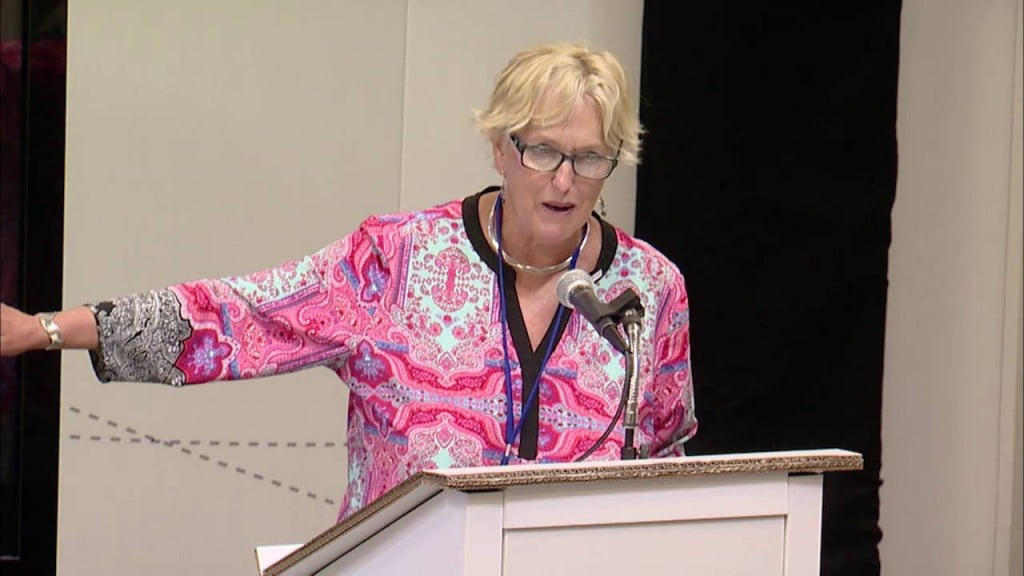Actors of the Central African Program for the Environment (CARPE), have met on the sidelines of the World Conservation Congress in Honolulu, Hawai’I to reflect on its 20 years of operations in one of the world biodiversity-rich regions – the Congo Basin. nike air max 2016 zwart Convened by the US Public Diplomacy and State Department at the US Pavilion at the ongoing Conservation Congress, the event sought to share lessons learned from 20 years of US government investment in Central Africa through CARPE. Funded by the United States Agency for International Development (USAID), CARPE is one of the agency’s largest land management program in Africa and a significant effort to preserve the Congo Basin’s ecosystem. nike air max 2016 hombre

Substantial part of CARPE’S interventions in the Congo Basin have focused on landscapes including for example the Sangha Tri-National, Leconi-Bateke-Lefini, Salonga-Lukenie-Sankuru, and the Lac Télé -Lac Tumba Landscapes.
Close to USD$80 million has been leveraged by private institutions in the two decades of the program, USAID data show. CARPE’s focus is mainly on landscapes and has led to the conservation of 14.5 million high priority territories across the Congo Basin and about 50.000 people have seen their capacities improved. The program has also supported community groups to develop products and access new markets for sustainably managed natural resources. Oklahoma State Cowboys Jerseys CARPE currently operates in six countries: the Democratic Republic of Congo (DRC), Republic of Congo, Central African Republic (CAR), Cameroon, Gabon and Equatorial Guinea. During the event, one of the region’s flagship forest monitoring projects – the Global Land Analysis and Discovery laboratory (GLAD) was presented. College Football Jerseys Funded by CARPE, the GLAD laboratory in the Department of Geographical Sciences at the University of Maryland investigates methods, causes and impacts of global land surface change. Remote sensing scientist, Prof. Matthew Hansen of the University of Maryland who is at the heart of the project compared deforestation in the DRC to other tropical regions of the world such as Brazil and Indonesia. He said tropical regions are now slashing approximately 5000 hectares of forest per year. Deforestation, he said, is driven by industrial farming such as soya beans, cattle ranching and palm oil in Asia and South America. But in the Congo Basin, it is driven by smale-scale agriculture and charcoal production. nike free run 5 0 rosso uomo
Way Forward Though progress has been made in the conservation of biodiversity in the region by CARPE, there was an acknowledgment by stakeholders that much still has to be done to ensure the region’s landscape and biodiversity is sustainable preserved and that populations experience socio-economic development. Recent US government reports indicate that 4.5 million people in Democratic Republic of Congo (DRC) still suffer from acute food insecurity resulting from conflicts. The Central African Republic (CAR) faces similar challenges as a result of conflicts leading to the large scale humanitarian crisis. asics femme pas cher
“Conservation in the Congo Basin takes place within a context of enormous development challenges, which impacts people’s livelihoods,” said Diane Russell, Senior Social Scientist at USAID. Air Jordan 13 Uomo At the ongoing World Conservation Congress organized by the International Union for the Conservation of Nature (IUCN), USAID in general and CARPE in particularly highlighted their efforts towards conservation and protection of biodiversity-rich tropical forest such as the Congo Basin.
